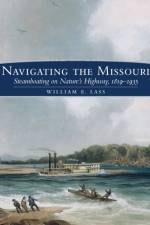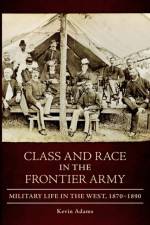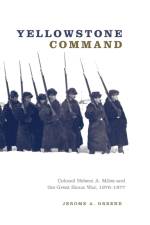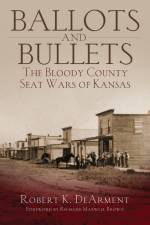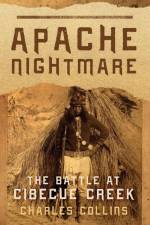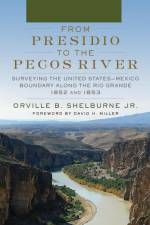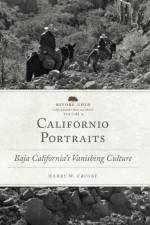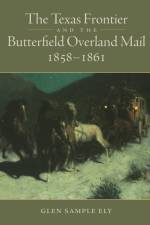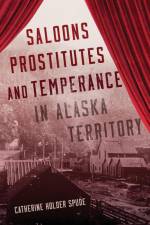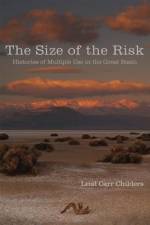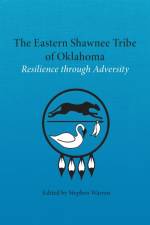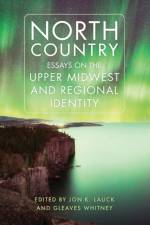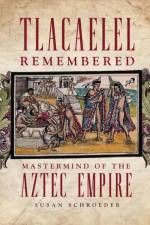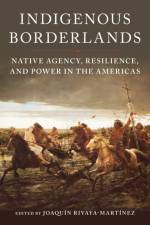av R. David Edmunds
487
The history of indigenous peoples in North America is long and complex. Many scholarly accounts now rely on statistical data to reconstruct this past, but amid all the facts and figures, it is easy to lose sight of the human side of the story. How did Native people express their thoughts and feelings, and what sources of strength did they rely on to persevere through centuries of change? In this engaging narrative, acclaimed historian R. David Edmunds combines careful research with creative storytelling to give voice to indigenous individuals and families and to illustrate the impact of pivotal events on their lives. A nonfiction account accompanies each narrative to provide necessary historical and cultural context.Voices in the Drum features nine stories, each of which focuses on a fictional character who is a composite, or representation, of historical people. This series of portrayals takes the reader on an epic journey through time, beginning in the early 1400s with the Mound Builder cultures and ending with the modern-day urbanization of Native people. Along the way, we observe fictional characters interacting with real historical figures, such as Anthony Wayne, Tecumseh, and John Sutter, and taking part in actual events, such as the Battle of Fallen Timbers, the Trail of Tears, the California gold rush, and the forced removal of Native children to off-reservation boarding schools.The people portrayed in these pages belong to various tribes, including Potawatomis, Lakotas, Oneidas, and Cherokees. Their individual stories, ranging from humorous to tragic, give readers a palpable sense of how tribal peoples reacted to the disruptive changes forced on them by European colonizers and U.S. government policies.Both entertaining and insightful, the stories in this volume traverse a range of time periods, events, themes, and genres. As such, they reverberate like voices in the drum, inviting readers of all backgrounds to engage anew with the rich history and cultures of indigenous peoples.





